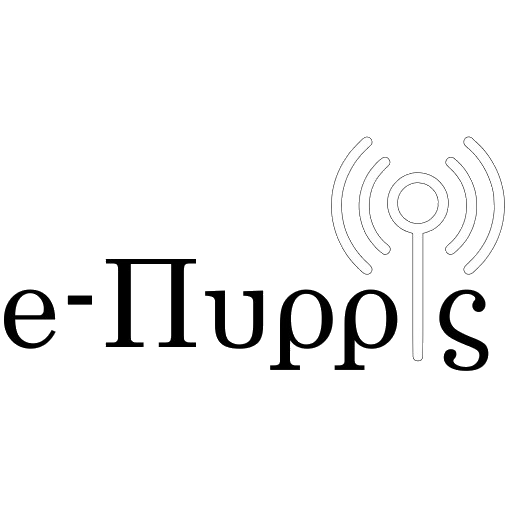by Efthymios Chrysanthopoulos, Andreas Kallioras CATENA, 257, 109156. https://doi.org/10.1016/j.catena.2025.109156 Abstract The inherent characteristic of machine learning algorithms to extrapolate when the convex hull is expanded with new unseen instances, can be exploited in soil moisture prediction, concerning temporal and geographic extrapolation. This study describes the implementation of a machine learning
Unveiling the Non-Market Value of a Fragile Coastal Wetland: A CVM Approach in the Amvrakikos Gulf, Greece
by Dimitra Pappa, Dimitris Kaliampakos Environments 2025, 12(2), 59; https://doi.org/10.3390/environments12020059 Abstract Wetlands are highly productive ecosystems with multidimensional value and significant social and economic impacts. Estimating the economic value of their non-marketed goods and services—benefits not traded in conventional markets—can provide essential insights to guide protection, restoration, and sustainable management
Water Mismanagement in Agriculture: a Case Study of Greece. Starting with “how” and “why”
by Dimitra Pappa, Andreas Kallioras, Dimitris Kaliampakos Al-Qadisiyah Journal for Agriculture Sciences, 14(1), 90–106. https://doi.org/10.33794/qjas.2024.149833.1175 Abstract The present study concerns the plain of Arta, located in the northwestern part ofGreece, in one of the most surplus water areas of the country, where the highest annualprecipitation occurs. However, despite the region’s
Integrated Subsurface Hydrologic Modeling for Agricultural management Using HYDRUS and UZF Package Coupled with MODFLOW
by Efthymios Chrysanthopoulos, Martha Perdikaki, Konstantinos Markantonis and Andreas Kallioras Water 2024, 16(22), 3297; https://doi.org/10.3390/w16223297 – 17 Nov 2024 Abstract The present work aims to compare two different subsurface hydrological models, namely HYDRUS and MODFLOW UZF package, in terms of groundwater recharge; thus, both models were coupled with MODFLOW. The

